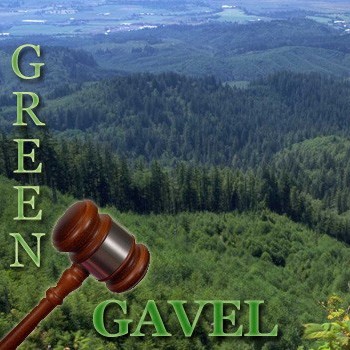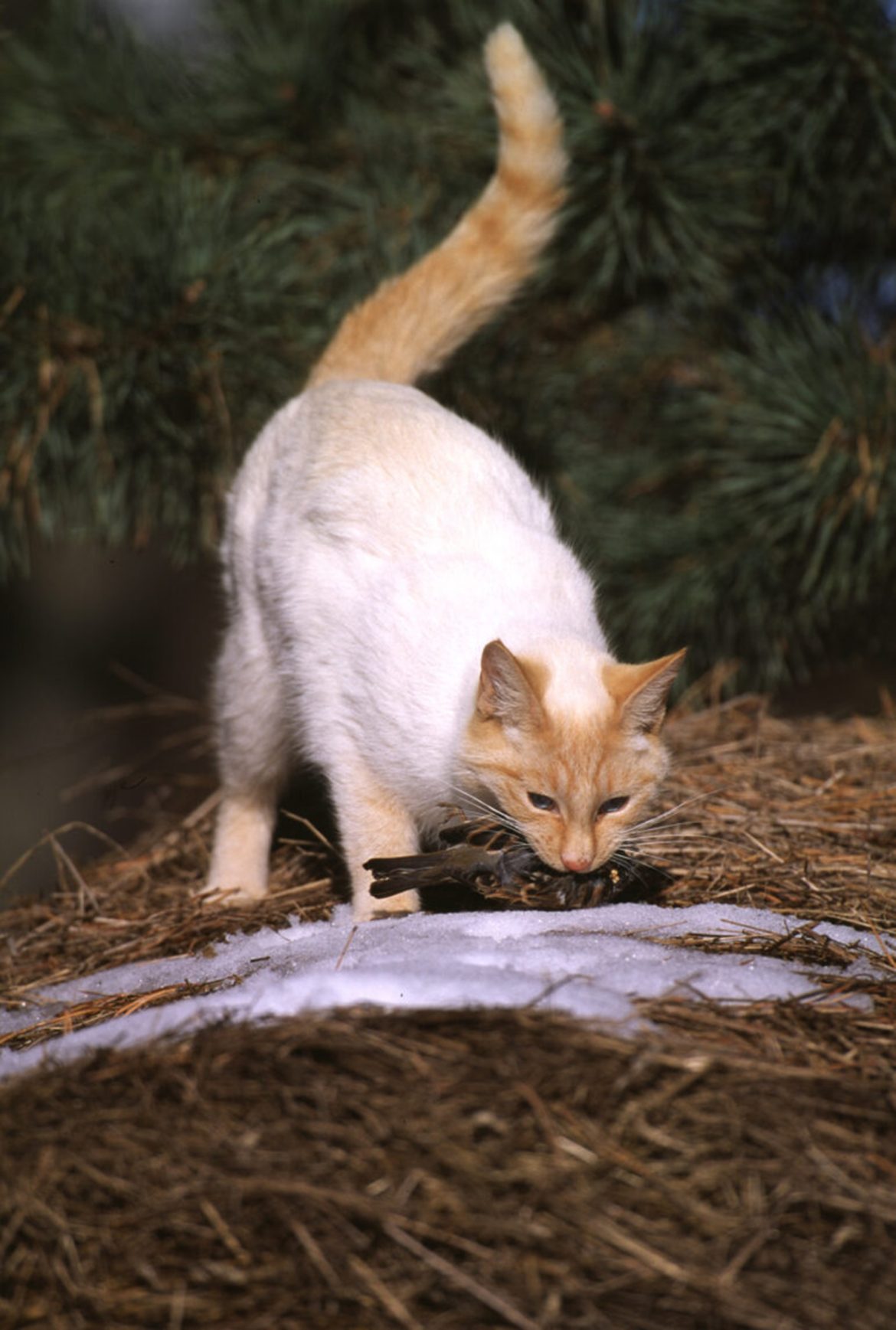Climate
Michigan tourism preps for a colder winter
|
By Victor Wooddell
Capital News Service
The 2023-24 winter was the warmest on record in the U.S. with average temperatures throughout the state above freezing, with close to average precipitation, according to the National Weather Service. Data from the Southeast Regional Climate Center shows that average daily maximum temperatures in the Midwest were several degrees above normal between December 2023 and February 2024. But this year may be different. The outlook for Michigan for the 2024-25 winter is for increased precipitation and lower average temperatures than last year due to an expected “La Niña” effect, the National Weather Service says. A La Niña is when cold water temperatures in the Pacific Ocean affect the weather across the continental United States.







